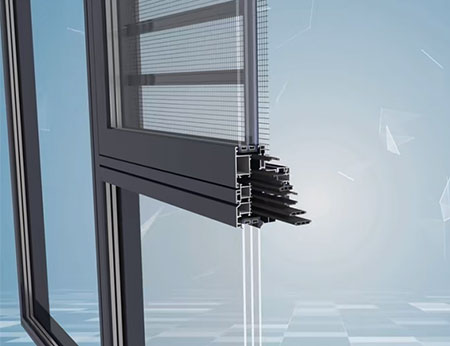Can your doors and windows withstand the intense heat? In summer when the temperature exceeds 40℃, ordinary doors and windows are equivalent to steamers. When choosing aluminium doors and windows in high-temperature weather, it is necessary to pay close attention to factors such as heat insulation performance, sealing performance, glass configuration and material craftsmanship. The following are specific selection suggestions:
Thermal break aluminium profile: Give priority to choosing aluminium alloy profiles with thermal break insulation structure. The thermal break design separates the inner and outer aluminium profiles through nylon thermal break strips, effectively blocking heat conduction and lowering the indoor temperature.
Material of thermal break: Choose PA66 GF25 (nylon glass fiber), and avoid using PVC thermal break (poor heat resistance and prone to aging).
Thickness of profile: It is recommended that the thickness of the window frame be greater than 1.8mm (as required by the national standard), and it should be thicker in high-rise buildings or areas with high wind pressure.
Surface treatment: Choose profiles treated with powder coating or fluorocarbon paint, which are sun-resistant and UV-resistant, and can prevent fading or deformation at high temperatures.
Hollow Low-E glass: Double-layer or triple-layer insulating glass (such as 5+12A+5), with inert gas (argon) filled in the insulating layer, has its heat insulation performance improved by more than 30%.
Low-E coating: Reflects infrared rays, reduces heat entry into the room, and ensures light transmission at the same time.
Selection suggestions: In high-temperature areas in the south, double-sliver Low-E can be selected, and its heat insulation effect is better than that of single-silver.
Laminated glass: If sound insulation or explosion prevention is required, hollow laminated composite glass can be selected, but its heat insulation performance is slightly lower than that of pure hollow Low-E.
Multi-seal structure: Select a sealing system with EPDM rubber strips (high-temperature resistant and anti-aging), with at least 3 seals (such as window frames, window sashes, and glass creases)
Opening method: The sealing performance of casement windows is better than that of sliding windows (the gaps of sliding windows are prone to air and heat leakage). In high-temperature areas, it is recommended to give priority to casement or inward-opening and inward-tilting windows.
Opening method: The sealing performance of casement windows is better than that of sliding windows (the gaps of sliding windows are prone to air and heat leakage). In high-temperature areas, it is recommended to give priority to casement or inward-opening and inward-tilting windows.
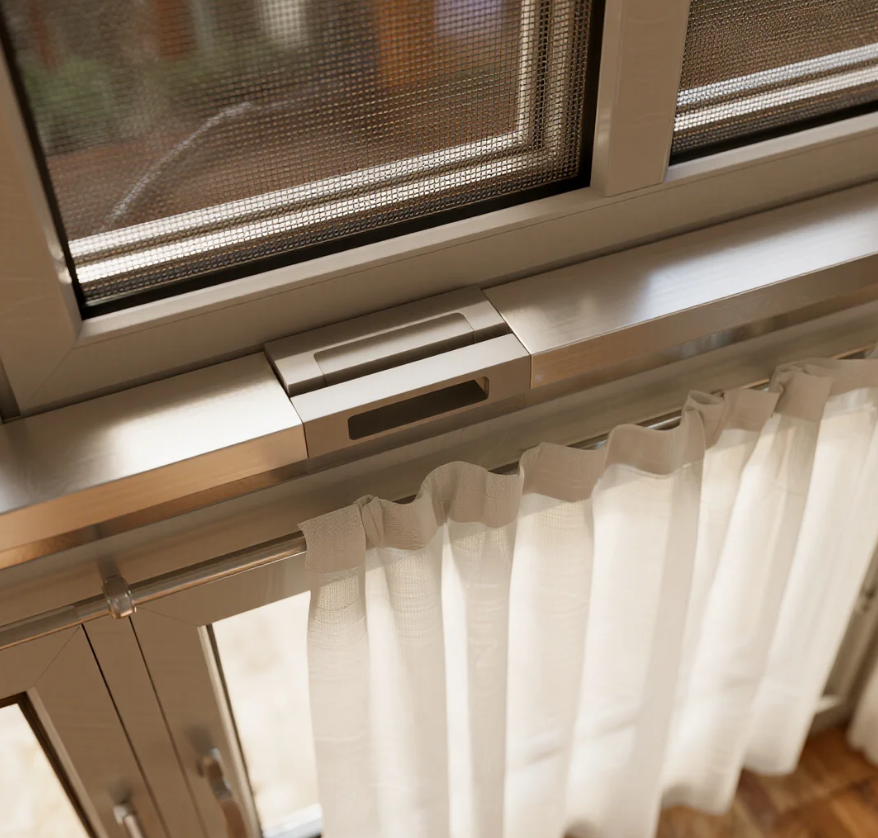
The color of the exterior windows: Light colors (such as white and champagne) reflect sunlight more strongly and absorb less heat. Dark window frames need to ensure sufficient heat insulation performance.
Glass reflectivity: High-reflectivity coated glass can be selected (but attention should be paid to whether it affects lighting and cause light pollution to neighbors).
Hardware: Choose high-temperature resistant hardware to prevent metal parts from expanding and getting stuck due to high temperatures.
Installation process: It is required to fill with polyurethane foam adhesive and weather-resistant sealant to ensure that the gaps are tight and prevent hot air from seeping in.
External shading system: When combined with sunshades or shutter, it can reduce solar radiation heat by more than 50%.
Ventilation design: Choose an opening sash with an anti-theft screen to prevent insects during ventilation and heat dissipation at night.
Avoid choosing non-thermal break aluminium profiles or single-layer glass, as their heat insulation effect is extremely poor.
Be vigilant against low-priced products that use inferior thermal break strips or recycled aluminium, as they are prone to deformation and cracking at high temperatures.
When installing, be sure to supervise the waterproofing and sealing treatment to avoid leakage in the later stage.
The core of aluminium doors and windows in high-temperature areas is “broken bridge aluminium + hollow Low-E glass + multiple seals”, combined with light-colored design and external shading, which can significantly enhance the heat insulation effect and reduce the energy consumption of air conditioners. When purchasing, it is recommended to choose a regular brand and ask for the inspection reports of the profiles and glass.

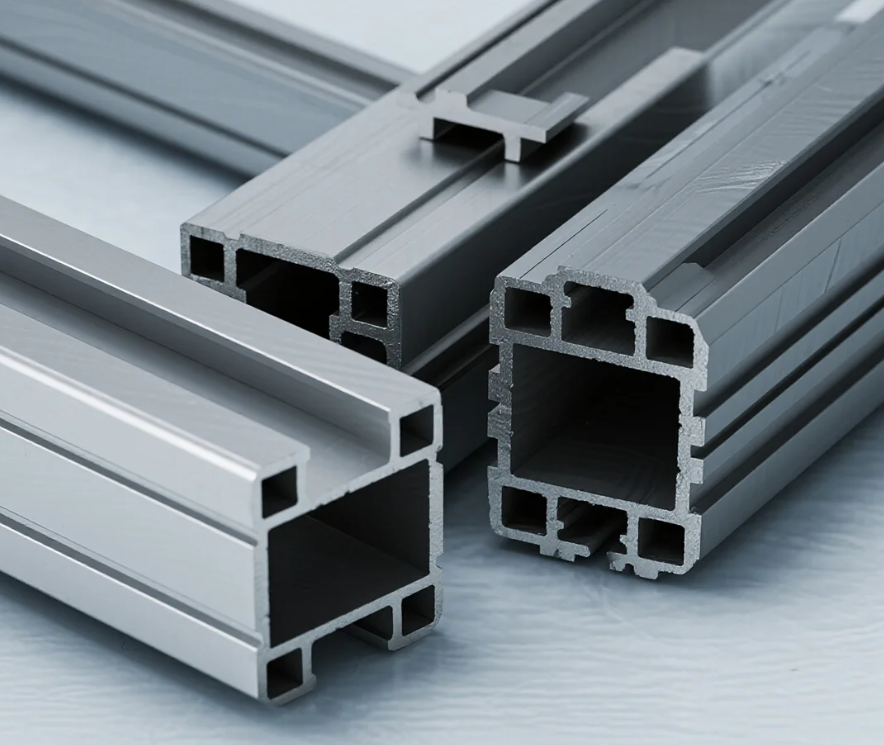

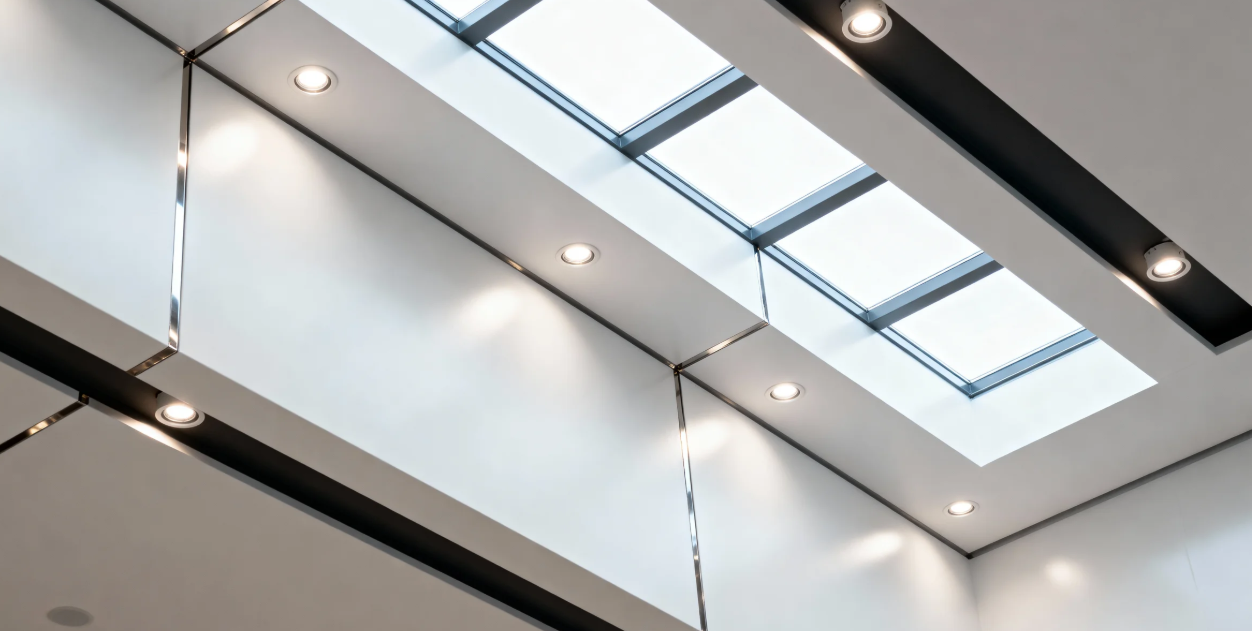
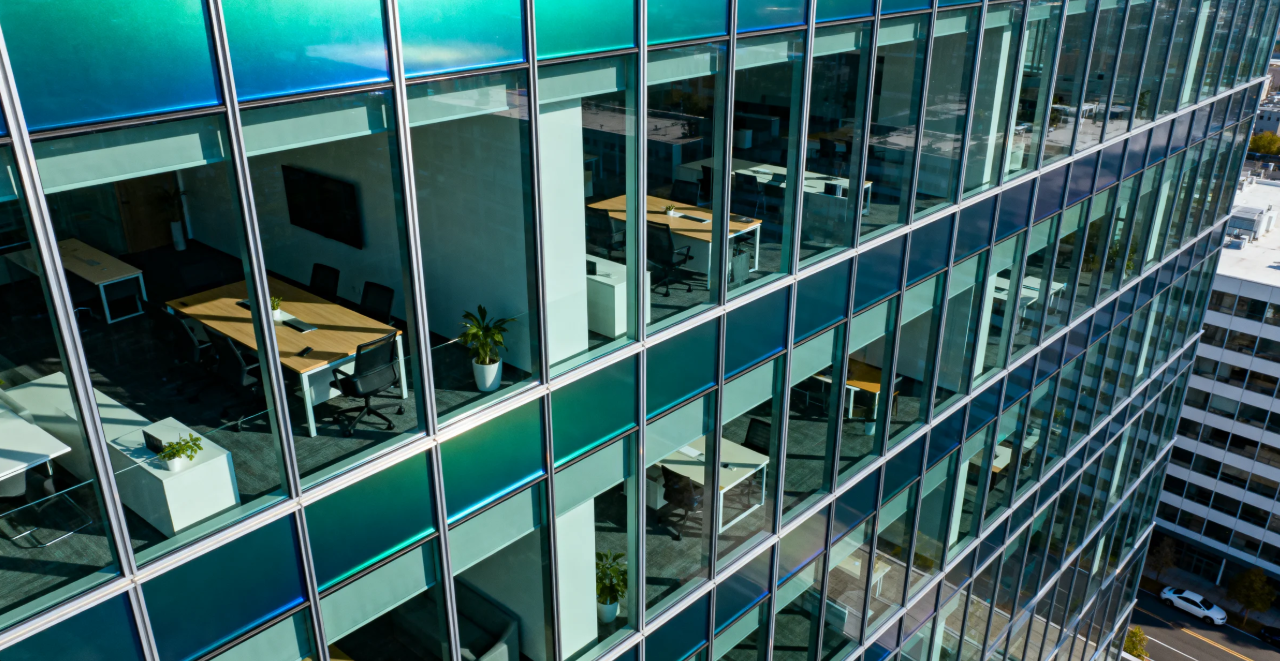
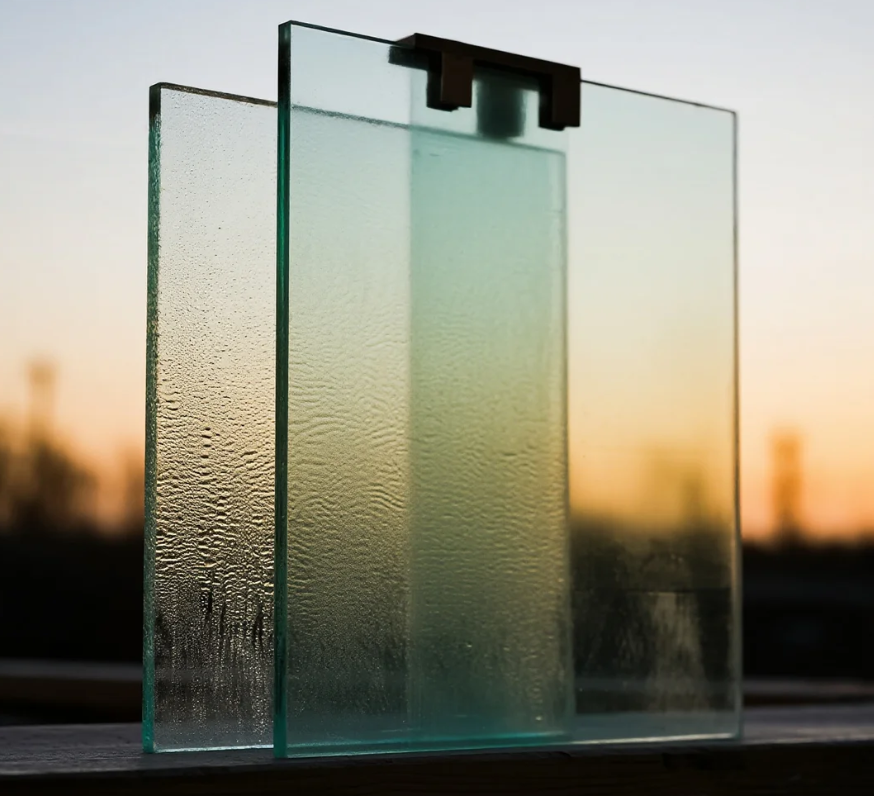
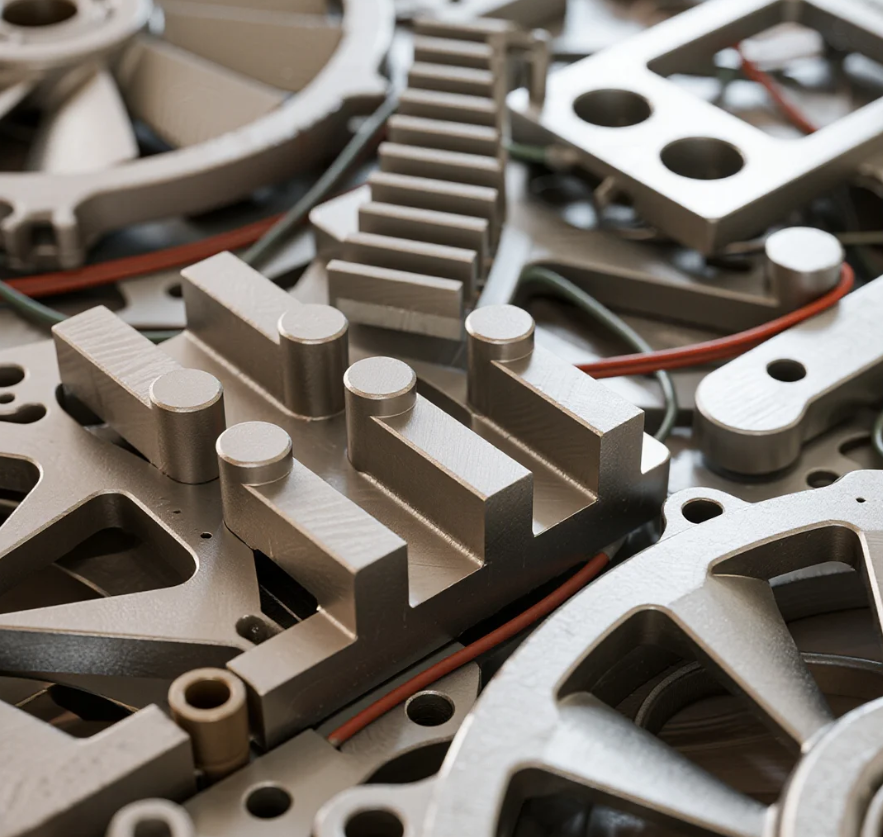
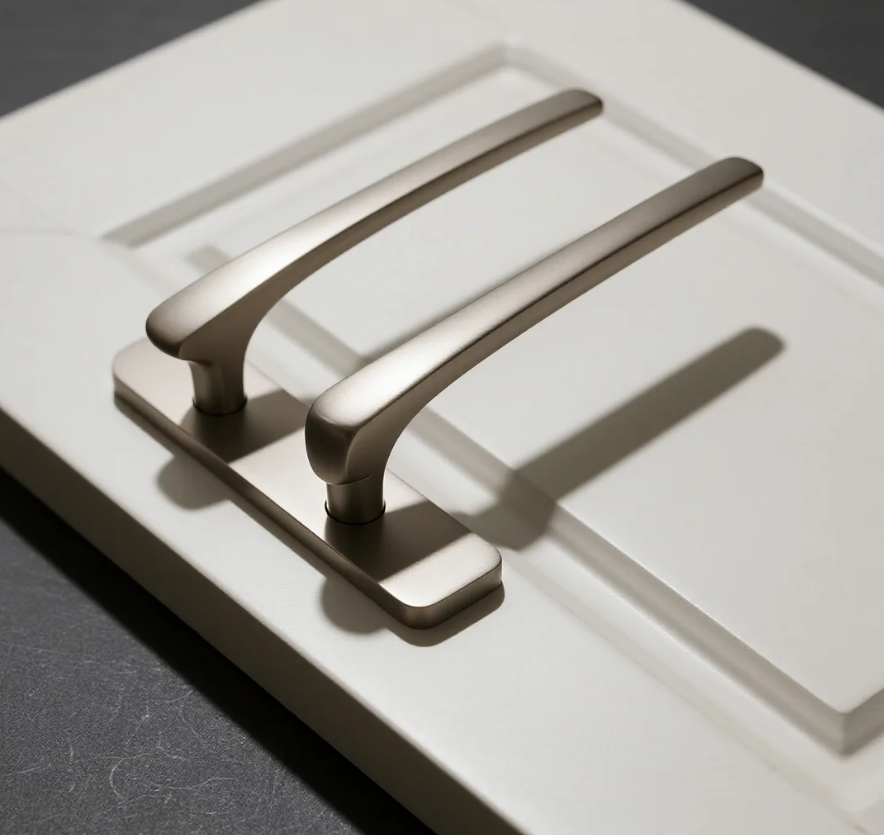
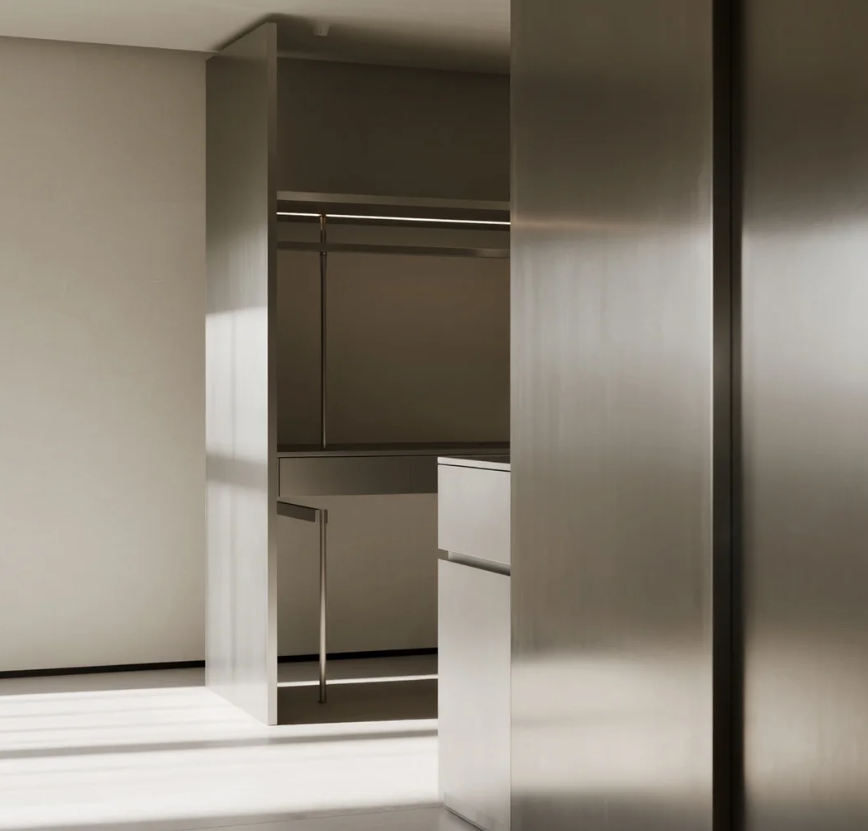

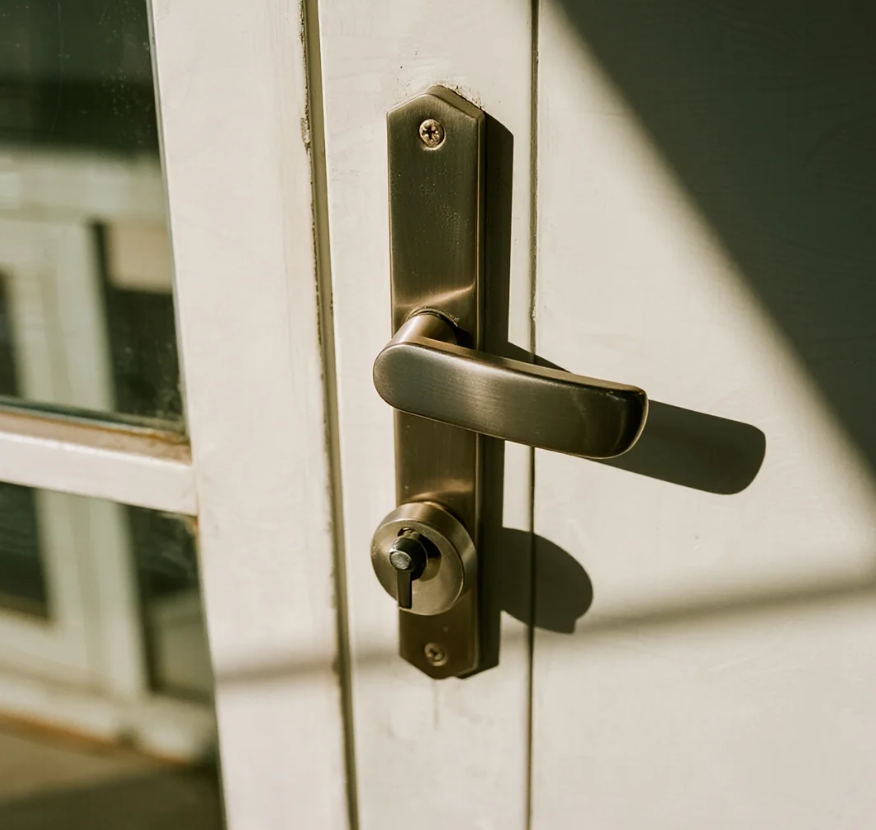
Methods for distinguishing Indoor and Outdoor Aluminium Doors
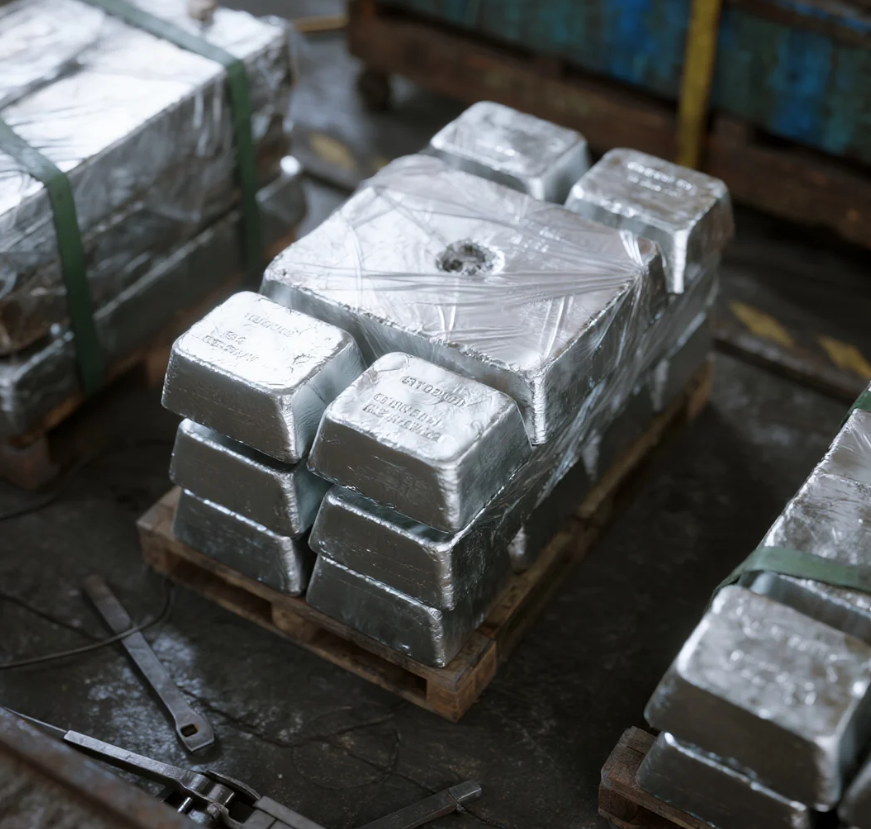
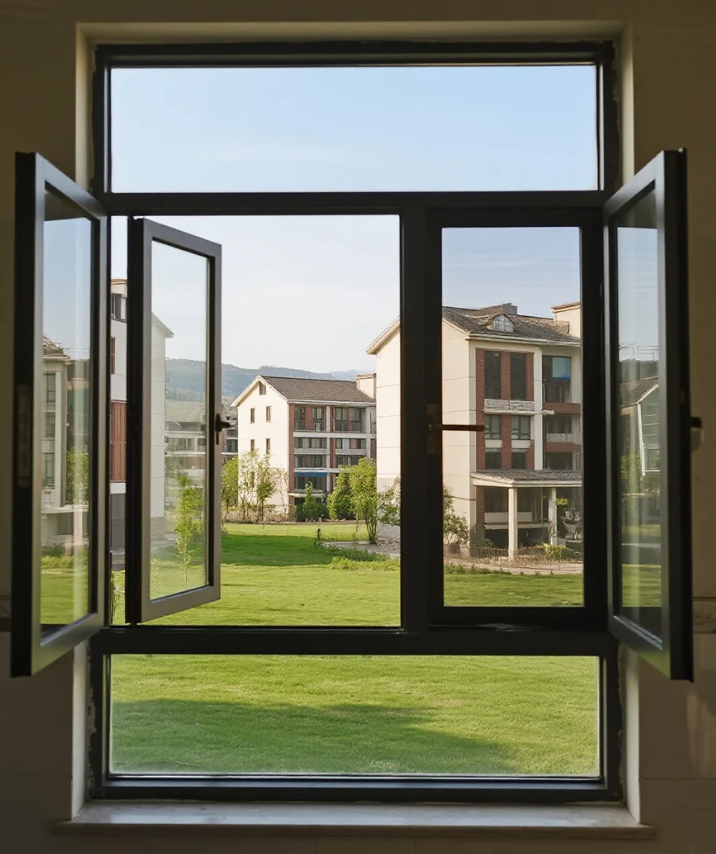
Maintenance methods and tips for aluminium doors and windows
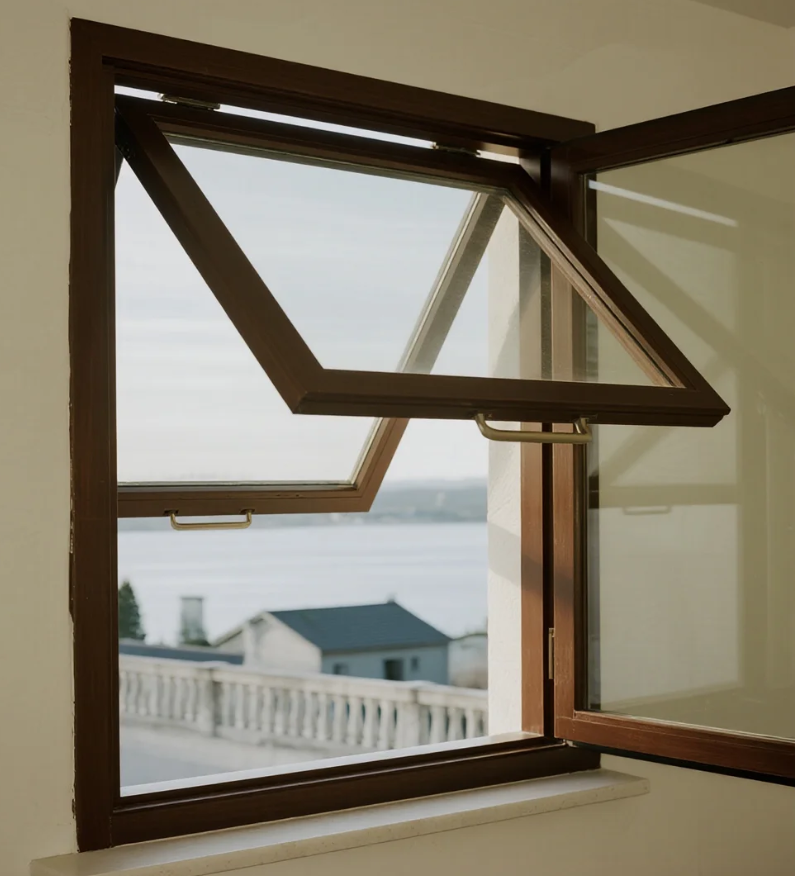
Characteristic of outward-opening and hung aluminium windows

Xinhe Aluminium Research: 7.14-7.18 Analysis of Aluminium Prices

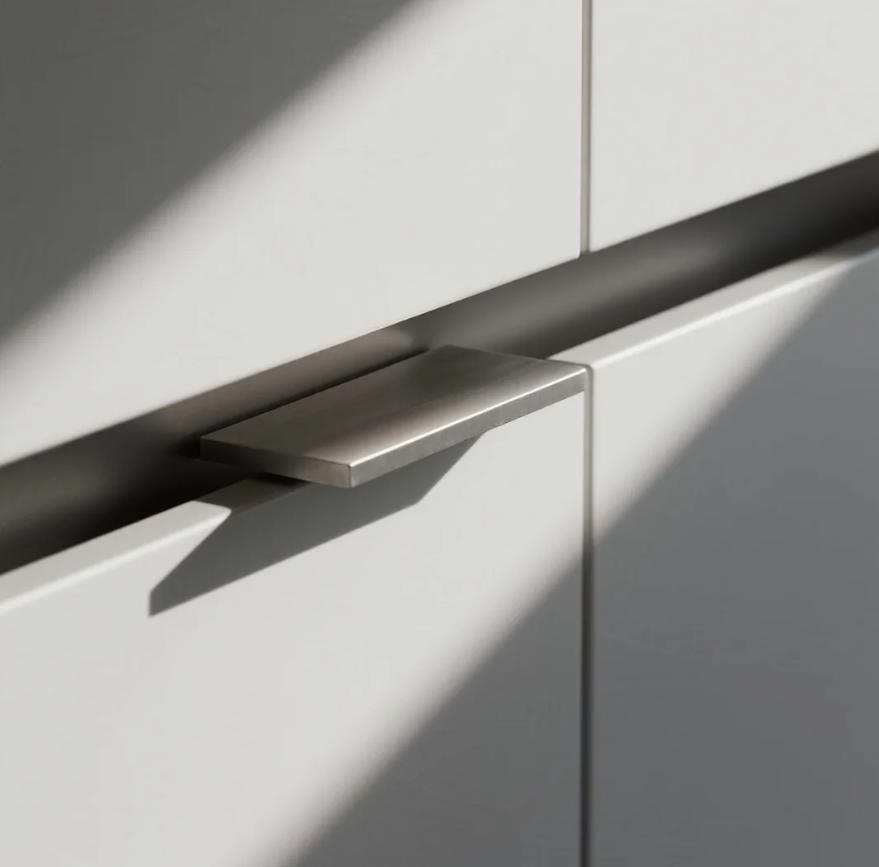
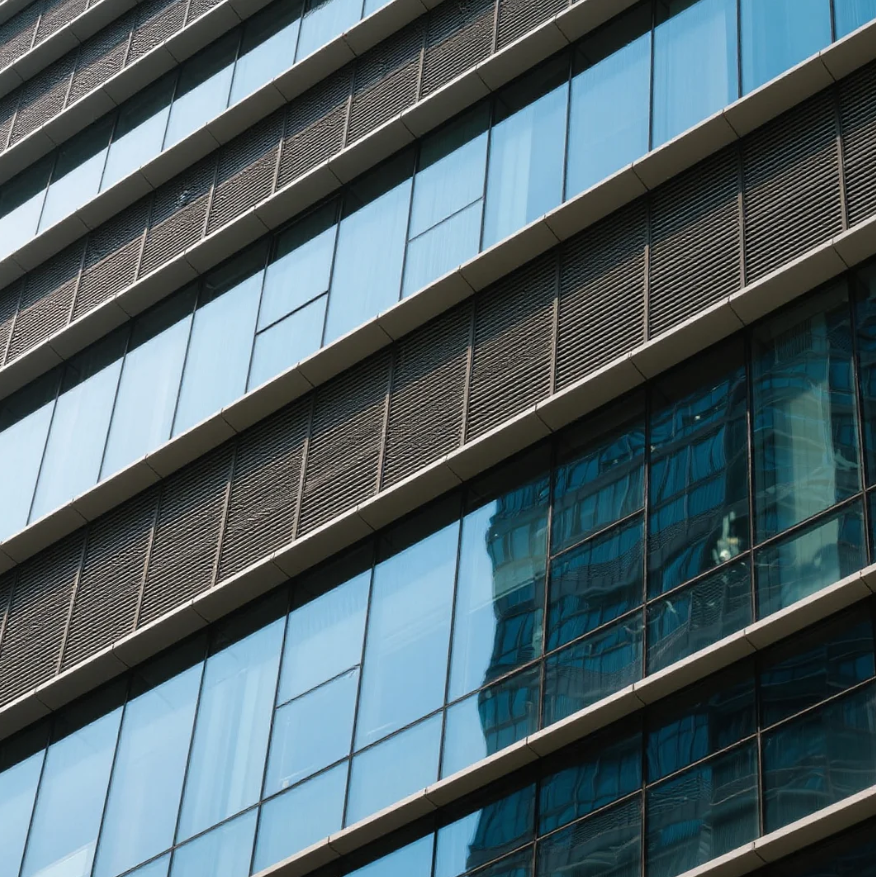
Seven Benefits Of Using Aluminium Profiles In Curtain Wall Systems
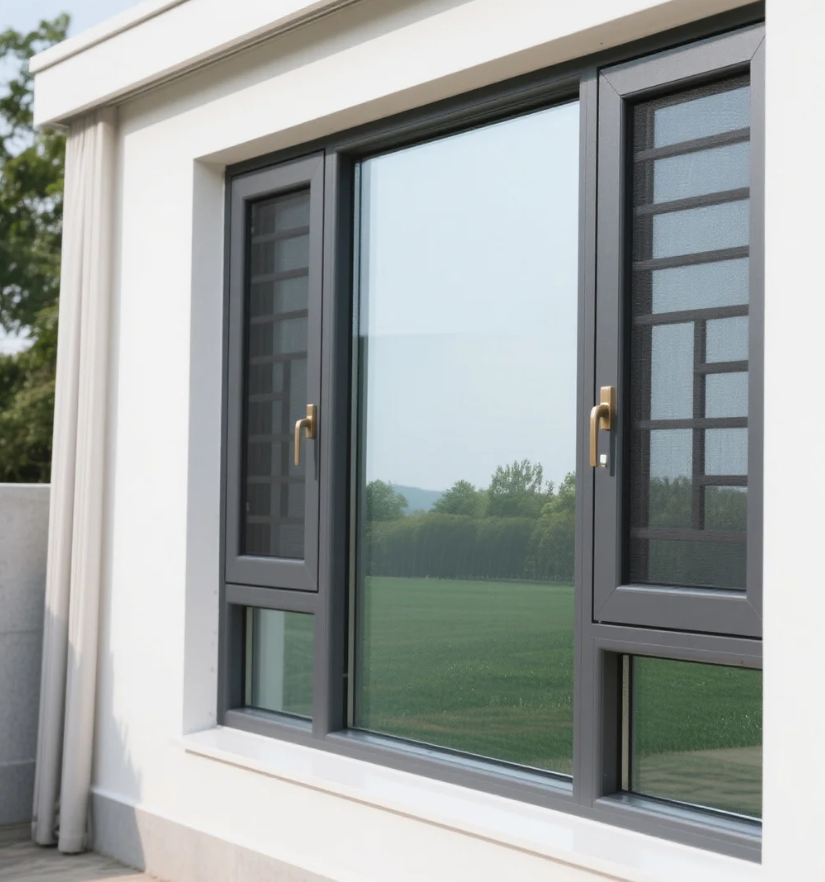
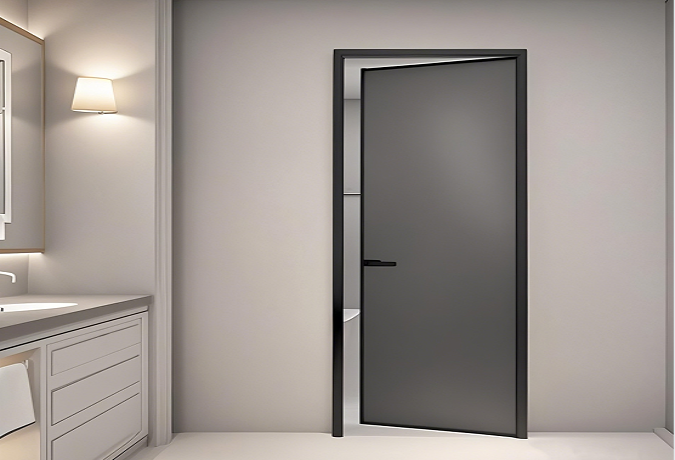
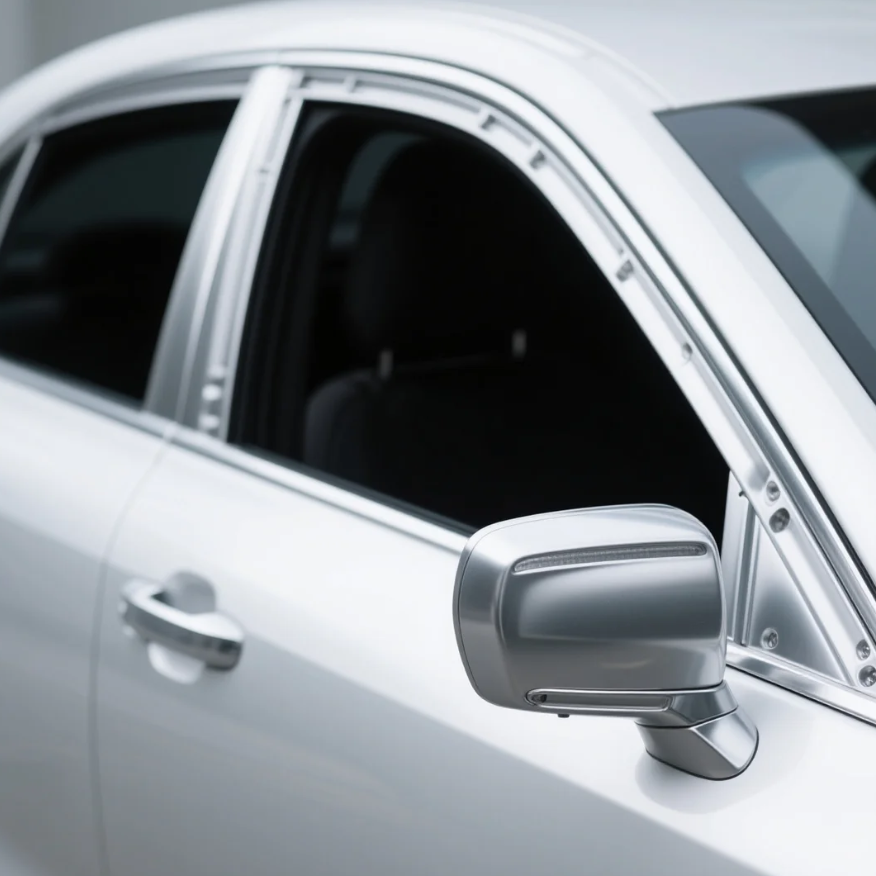
The Application of Aluminium Profiles in New Energy Vehicles

The Composition and Application of Series 6 Aluminium Alloys
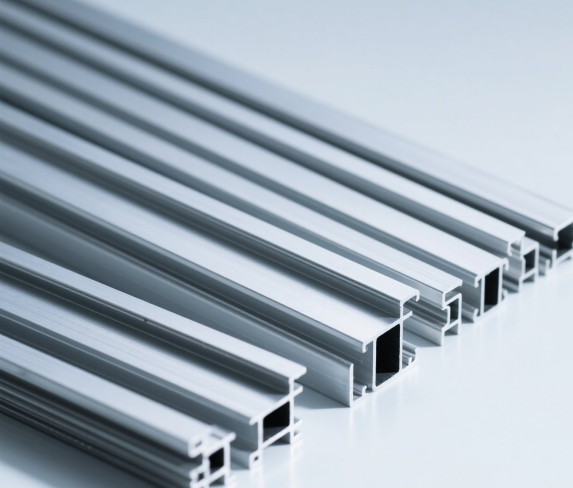
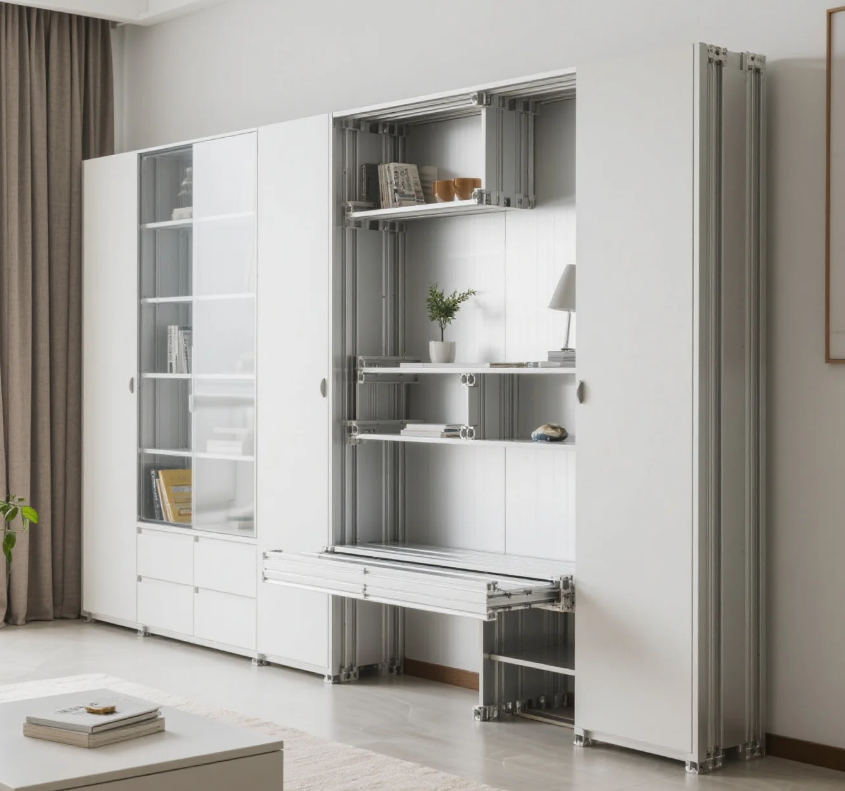
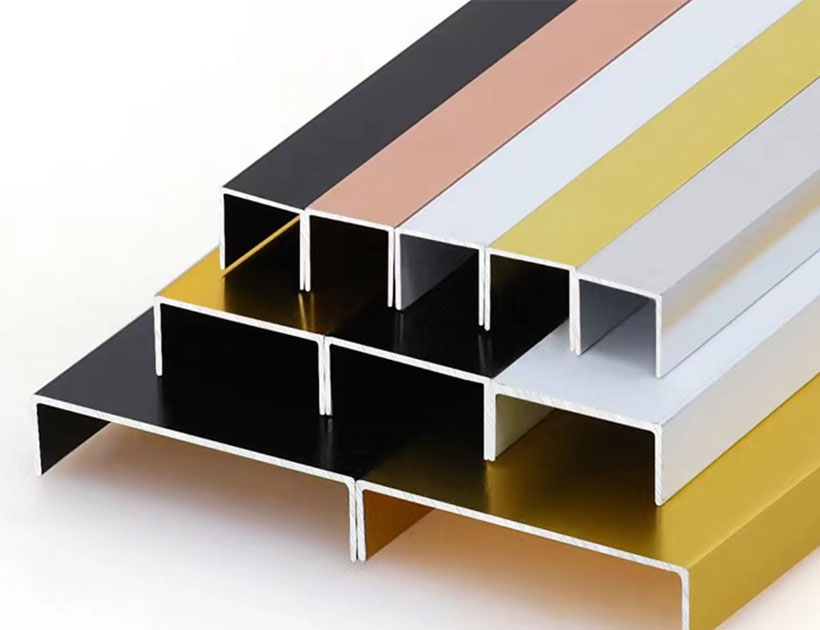
Top 5 Benefits of Using LED Aluminium Profiles in Modern Lighting
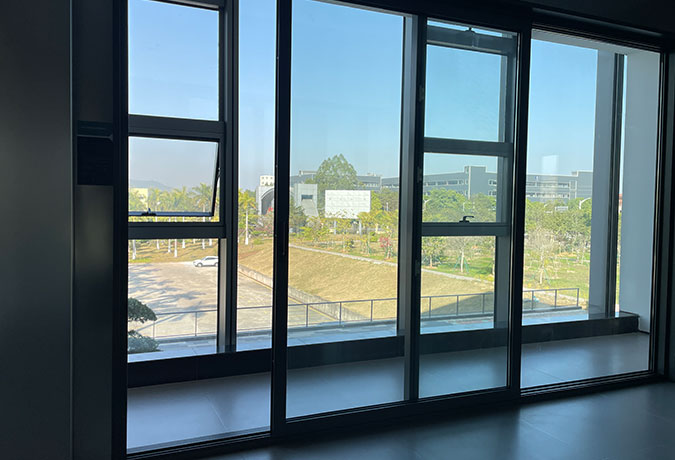
A Complete Guide to Aluminium Frame Profiles for Modern Structures
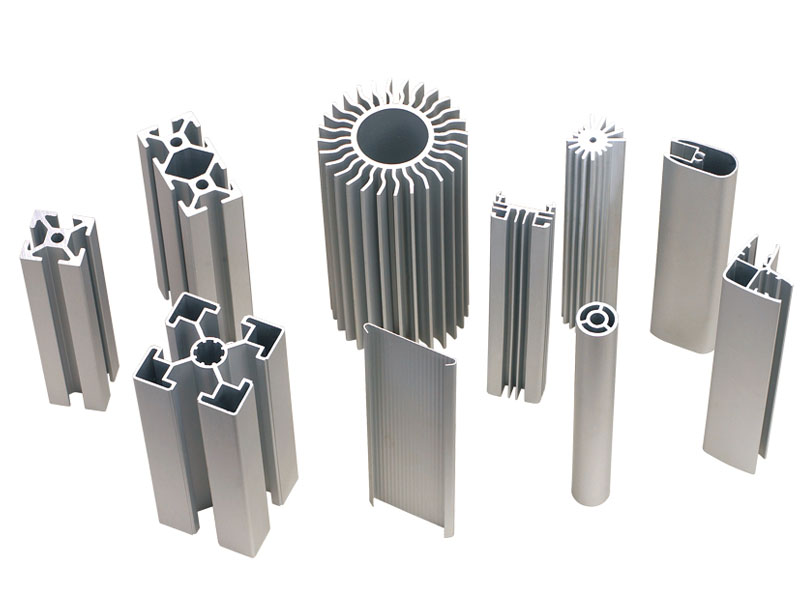
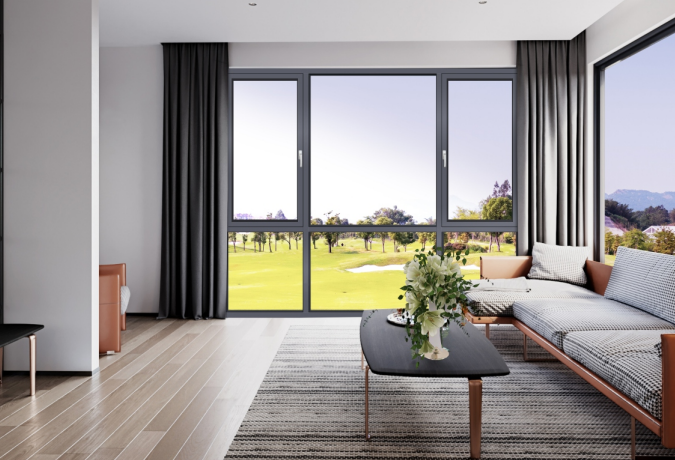
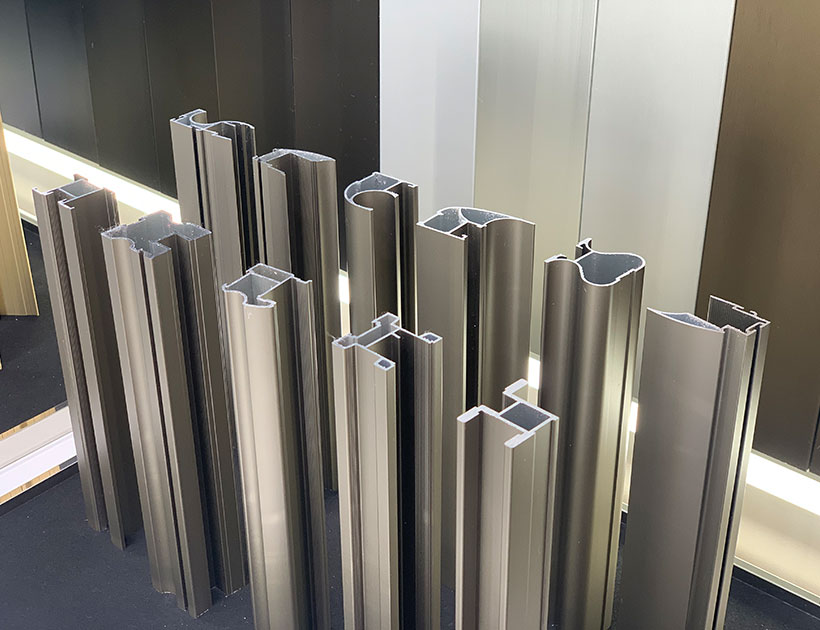
Exploring the Strength and Versatility of Aluminium Extrusion Profiles
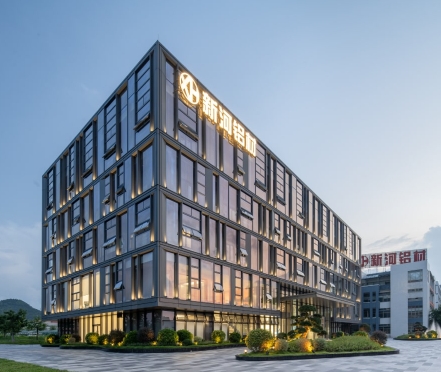
How to Choose the Right Aluminium Profile Supplier for Your Project
